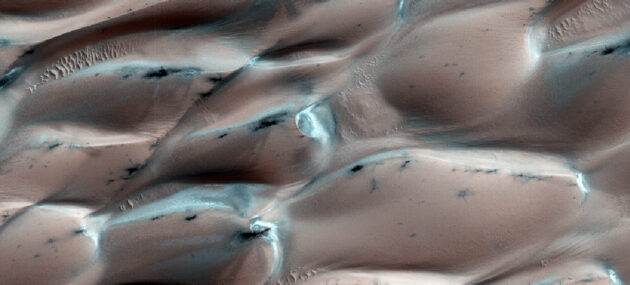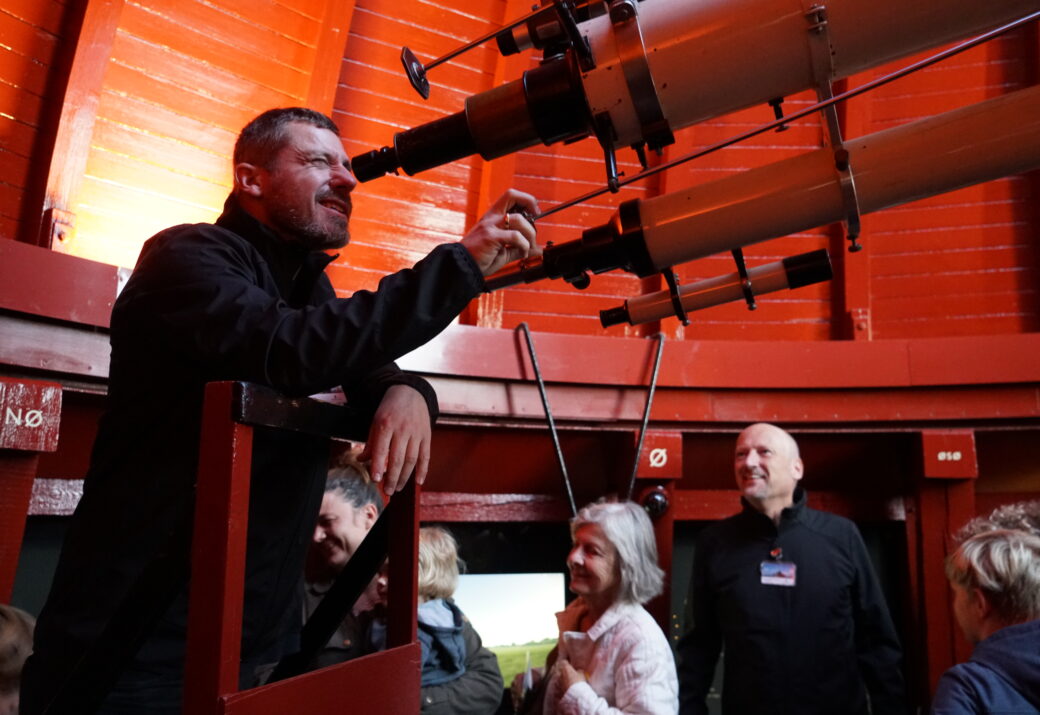This website uses cookies so that we can provide you with the best user experience possible. Cookie information is stored in your browser and performs functions such as recognising you when you return to our website and helping our team to understand which sections of the website you find most interesting and useful.

SPACE Science Festival
-
18.09.2022
SPACE Science Festival
Rundetaarn marks Science Year22 with three weeks in space, where cosmos, light and sound occupy the tower’s Library Hall. RUM Science Festival first offers a journey of discovery to our cosmic neighbor planet Mars and then the space in the Library Hall is transformed by the work of art Contra. Through a series of talks, exhibition and music, the space between art and science is explored.
Rundetaarn was built as an astronomical observatory and has been the center of science for centuries. Art has since taken the place of books in the Library Hall, while stars and planets are still viewed from the top of the tower.
Our cosmic neighbor
The planet Mars is the center of the first part of the science festival. In collaboration with astrophysicist Tina Ibsen, a mini exhibition is shown about our cosmic neighbor, which in these years is the subject of major research projects and hides secrets that science is trying to uncover.
Pure photon energy in art
A scene change takes the audience from the journey to Mars back to the space in the Library Hall, where art meets science in the light installation Contra. The work was created by the artist collective Vertigo and consists of pure photon energy, i.e., the small energy packets of electromagnetic radiation that light consists of. Created out of light and smoke, a changing, architectural object emerges in the room, which the audience can both view from the outside and step into. The physical form in Contra is two triangles that stop the light so that the figure’s shapes and colors stand out clearly. Along the way, Vertigo talks about the technique behind and how they created Contra.
Walk the planet path
Finally, a special challenge awaits the tower’s smallest guests. Children are welcome to run, jump or how about walking backwards on the curvy planet path up along Rundetaarn’s spiral ramp, which is divided at points into distances, exactly corresponding to the solar system on a very small scale. The seven planets are illustrated and explained along the way to the top.

